Reports of hair loss cases rose as the COVID-19 pandemic spread worldwide. Patients experienced hair loss either during or shortly after the infection.
The viral story was made famous by Alyssa Mignoti’s YouTube video in which she described how her hair fell after contracting the virus.
Kobe Bryant
Dwyane Wade
Gabrielle Union
Karlie Kloss
Many people with COVID-19 also report hair loss.
COVID-19 infection can cause many long-term side effects, including loss of taste and smell, brain fog, and fatigue. A common side effect is hair loss. This side effect is quite alarming but is usually temporary.
What Causes Covid-19 Hair Loss?
Hair loss caused by SARS-CoV-2 infection can cause clumps to form during daily combings and while shampooing their hair. Telogen effluvium is the name of this phenomenon.
Telogen effluvium refers to a diffuse form of hair loss. It occurs when more than 10% of the hair follicles move from the anagen (growth) phase to the resting or telogen (resting) phase. Typically, 90% of hair follicles remain in the anagen phase. However, telogen effluvium can cause this percentage to drop as low as 10%. Many factors can cause a sudden shift in the hair cycle, including:
High levels of stress
-Iron deficiency
-Hormonal fluctuations (such as those occurring during pregnancy or menopause).
-Severe illness or injury
-Medications (such as antidepressants or blood thinners, as well as birth control pills)
SARS-CoV-2 hair loss is most likely caused by stress on the body.
Around 90 percent of the hairs on our scalp are in anagen (growth phase), and around 10 percent are in telogen (resting phase). Anagen is a phase that lasts about three years on our scalp. Then, hairs transition into telogen, lasting between two and six months. Our hairs become telogen at the end. They are then shed from their follicles and slowly replaced with new anagen hairs. The growth cycle then continues.
People lose an average of 100-150 hairs per day. When a person experiences stress, such as COVID-19 infections, their bodies can shift an abnormally high percentage of anagen hairs to a resting telogen condition. “Instead of the normal 10 percent of hairs in the resting or shedding phase, 50 percent of hairs can be resting and shed,” states Powell Perng, a dermatologist specializing in hair loss (alopecia) at the University of Utah Health.
Androgenetic alopecia is the most common form of hair loss. This is due to combined genetic and hormonal factors. Androgenetic hair loss is characterized by gradual thinning of the hairs on the head and can eventually lead to baldness.
Perng states that while we usually lose around 10 percent of our hair each year, telogen effluvium can cause us to lose 50 percent or more every day.
Telogen effluvium can be a condition that causes a sudden increase in hair shedding. Many things: can cause this condition.
-Hormonal fluctuations, such as those occurring during pregnancy, childbirth, or menopause.
-Infections, including severe or blood loss
-Medications such as those that treat arthritis, cancer, high blood pressure, depression, and high cholesterol
-Extreme stress such as the death or natural disaster of a close friend.
How long does hair shed?
The good news is that most telogen effluvium cases will be over within three to six months. This is when the additional hairs that were prematurely converted into telogen will have shed. Perng says this characteristic recovery occurs after an inciting event such as COVID-19. After that time, the hairs will gradually shift back to their normal state. The telogen effluvium is not a condition that causes a person’s hair follicles to stop growing. Although hair may not grow temporarily, hair follicles will still be present, and hair will eventually regrow.
Patients may notice a decrease in hair thickness even after shedding stops. Perng claims that this is due to the average hair growth of one centimeter per month. He says that if someone has long hair at the shoulders, it can take up to two years for new hairs to grow to that length and make a ponytail feel complete again.
This growth rate could explain why many people lose significant hair in their 30s. Piliang says that our hair grows slower, and there are fewer active hair follicles as we age.
Also, although we won’t lose all of our hair, we will notice a gradual thinning process.
But there is good news. Piliang states that it is possible to keep some hair even when someone has lost their hair.
Piliang states that there are many options for treating hair loss. These include medications, laser therapy, and hair transplants. Consult a doctor if you experience hair loss.
COVID-19 can cause stress of a particular type
Hair shedding and COVID-19 infection
Published Reports indicate that hair loss after COVID-19 infection may occur slightly sooner than the average. It may take two months to recover from an inciting event instead of three months. Similar studies also found faster recovery times, approximately two to three months instead of six months.
Treatments
It takes patience and time to treat hair shedding. Perng states, “The best thing we as providers can do is give reassurance that this condition is self-limited and that hair will heal.” Patients are given the tools to assess their condition and track their progress at home. Patients may be asked to perform a 60-second hairbrush test to determine how much hair they are losing. The patient will then be able to see if their condition is improving over time.
Perng says that medications can be complicated, especially for patients suffering from acute telogen effluvium. He says that these patients will recover on their own a lot of the time. Perng, a dermatologist, does not recommend taking medication during the acute phase. Perng says that medication or other treatments are appropriate for patients who still experience shedding up to six months after the onset.
Perng points out the emotional stress that hair loss can cause, leading to hair falling if not managed. It’s understandable to feel sad, but Perng suggests that patients should be able to track their progress at home and communicate the importance of stress management to ensure a successful recovery.
We provide high-quality wigs and toppers in various styles, from European to synthetic hair.
The construction of the cap
Our process includes educating you about all of the options. This will allow us to meet your needs and fit your lifestyle.
100% hand-knotted cap
This gives you a natural look.
Every hair is tied to the base by hand.
Cap is exceptionally comfortable to wear. Recommended for sensitive scalps and hair loss
You can style your hair in any direction you like
-

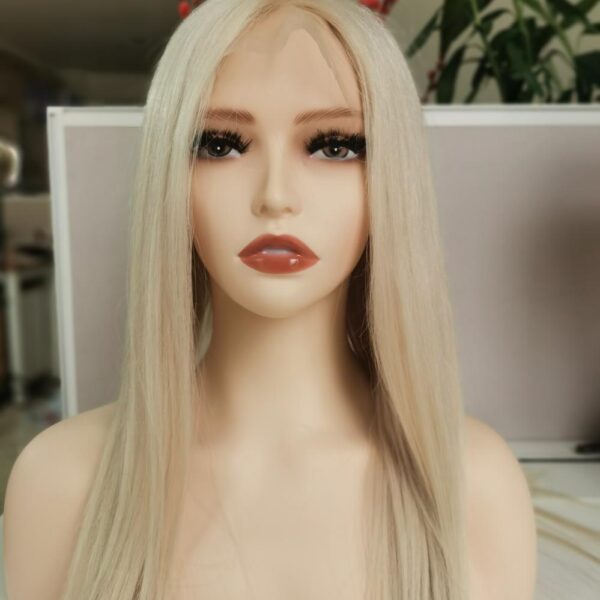 Silk Top Full Lace Wig with Grade Silicone Base and 100% Virgin Hair for Ultimate Comfort and Realistic Appearance Medical Wigs for Alopecia and Chemo
Silk Top Full Lace Wig with Grade Silicone Base and 100% Virgin Hair for Ultimate Comfort and Realistic Appearance Medical Wigs for Alopecia and Chemo -

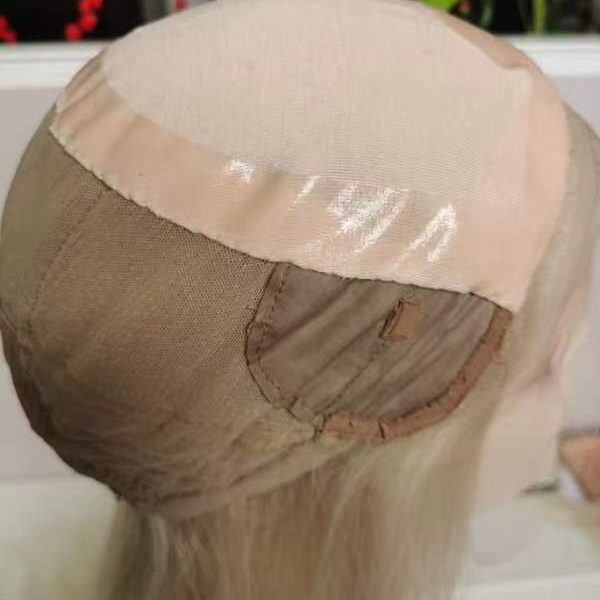 Wholesale Medical Wigs in Stock Silk Top Wigs Frontal Lace Silicone Anti-Slip for Cancer Patients
Wholesale Medical Wigs in Stock Silk Top Wigs Frontal Lace Silicone Anti-Slip for Cancer Patients -


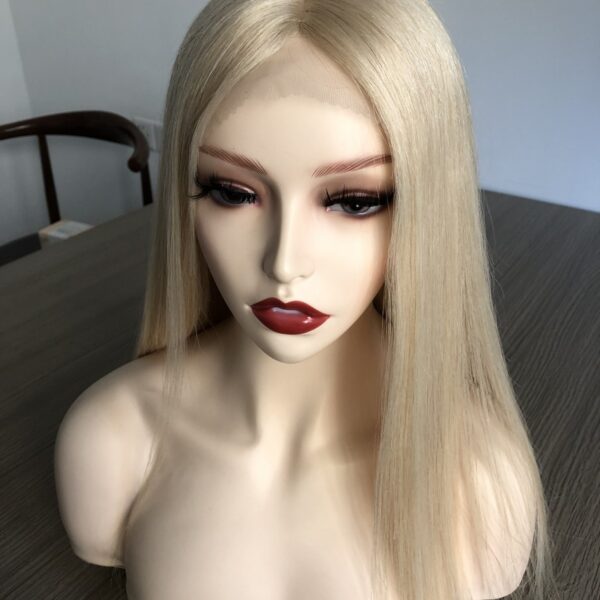 Medical Wig with 4″x4″ Silk Top Full Lace cap base Silicone Real Virgin Remy Human full handtied long hair women’s wig
Medical Wig with 4″x4″ Silk Top Full Lace cap base Silicone Real Virgin Remy Human full handtied long hair women’s wig -


 Top Level Medical Wig with 4″x4″ Silk Top Full Lace cap base Silicone Real Virgin Remy Human full handtied long hair women’s wig
Top Level Medical Wig with 4″x4″ Silk Top Full Lace cap base Silicone Real Virgin Remy Human full handtied long hair women’s wig -

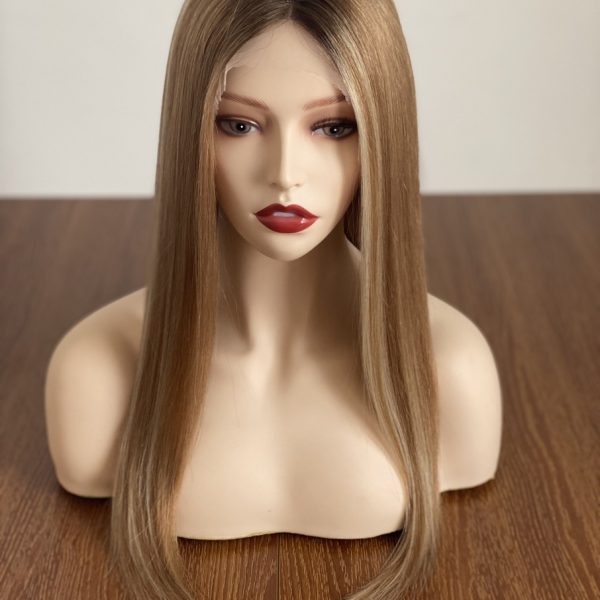 4*4 European Remy Virgin Hair Silk Base Silicone Medical Women Chestnut Color Hair Topper For Women Human Hair
4*4 European Remy Virgin Hair Silk Base Silicone Medical Women Chestnut Color Hair Topper For Women Human Hair
Monofilament
This gives hair a natural appearance, giving it growing from the scalp.
Every hair is tied by hand to the cap base.
Monofilament added crown, part, or top front section
You can style your hair in any direction you like
- Hair Extensions2525 products
- Clip-in Extensions66 products
- Flat Tip Extensions11 product
- Frontal Lace Closure11 product
- Hair Bulk Extensions11 product
- I Tip Extensions11 product
- Lace & Silk Closures & Frontals33 products
- Micro Ring Extensions11 product
- Nano Extensions11 product
- Pony Hair Extensions22 products
- Tape-in Extensions22 products
- U Tip Extensions11 product
- Weft Extensions55 products
- Men's Toupee3737 products
- custom men toupee1010 products
- Lace Men's Toupee1313 products
- Mono Men's Toupee1010 products
- Skin Men's Toupee1212 products
- WIGS4040 products
- Balayage Wig33 products
- Hand-knited Virgin Hair Wig1010 products
- Full lace Hand-Kinted Virgin Hair Wig44 products
- Hand-Knited Virgin Hair 13×4" Lace Front Wig11 product
- Mono Top Hand-Knited Wigs11 product
- Silk Top full lace wig11 product
- Jewish Wigs2020 products
- Bandfull Wig11 product
- Ponytail Wigs11 product
- Lace Grip Wigs22 products
- Medical Wigs88 products
- Premium Wigs3131 products
- Lace Wig1616 products
- Frontal Lace Wig66 products
- 13×4 Lace Front Wig22 products
- 13×6 Lace Front Wig22 products
- 5×5 Frontal Lace Wig11 product
- Full Lace Wig33 products
- Frontal Lace Wig66 products
- Mono Top Wigs22 products
- Silk Top Wigs1313 products
- Lace Wig1616 products
- Women Hair Topper6767 products
- Custom Women Hair Topper2222 products
- Fishnet Base Topper66 products
- Lace Base Topper1414 products
- Medical Silicone Topper11 product
- Mono Base Topper2323 products
- Silk Base Topper1717 products
- Skin Hair Topper44 products
Lace Front
It creates a natural-looking front hairline.
Hand-tied hair to lace
Around the front hairline, lace areas are added.
Allow hair to be styled from the face.
Lace is a delicate material.
Machined wefted
A traditional construction machine sews hair onto a weave.
Affordable
Cap has weft openings.
Volume built-in at the crown
To blend the openings of the cap, hair is tamed at the scalp.
French Top
Hidden knots in the scalp
Darker hair looks highly natural.
Silicone
Caps made of medical-grade silicone in the interior help to keep it secure
A topper is a piece of hair that has been attached to a weft and can be used to increase volume and length. Toppers are available in many sizes and shapes. They are an easy and quick way to add volume to your hair.
There are many sizes and shapes of hairpieces. The right hairpiece will depend on the size of your head; the area covered, and the type of hair. Hairpieces can be made in the same way as wigs. They are made with lace fronts and silicone and French and Monofilament tops.
Hairpieces can also be called hair toppers, wiglets, and toupees.
LaviniaWigs Hair Solutions will help you find a wig and hairpiece.
Whatsapp:+86 135 7086 0974
lavinia@laviniawigs.com
Zhongcun Street, Panyu District, Guangzhou,China


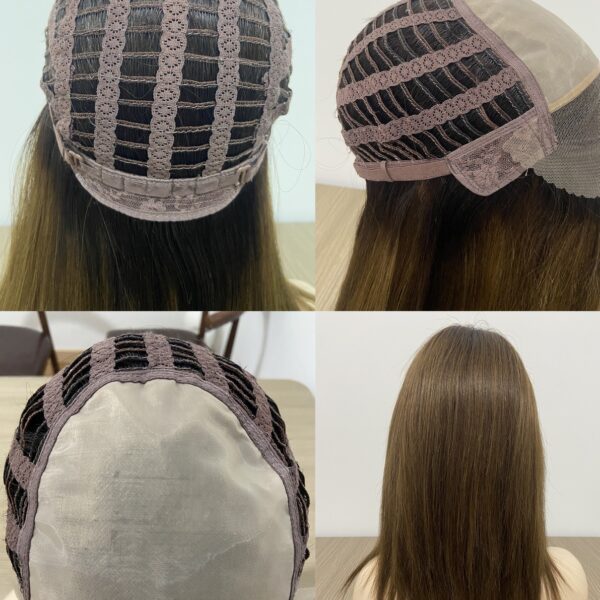

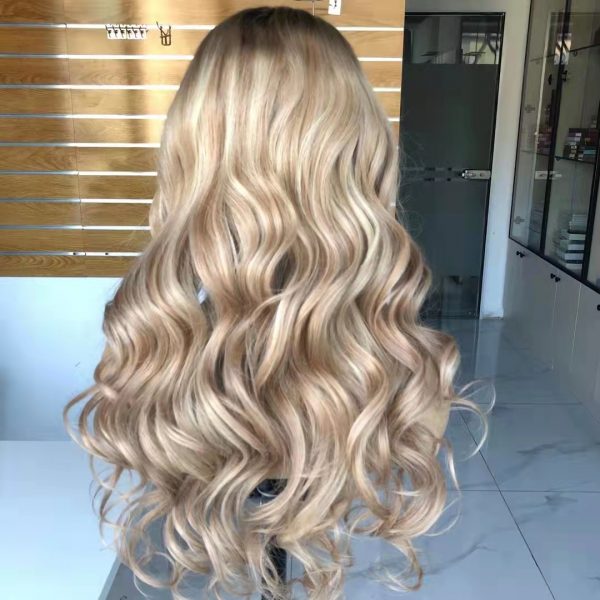
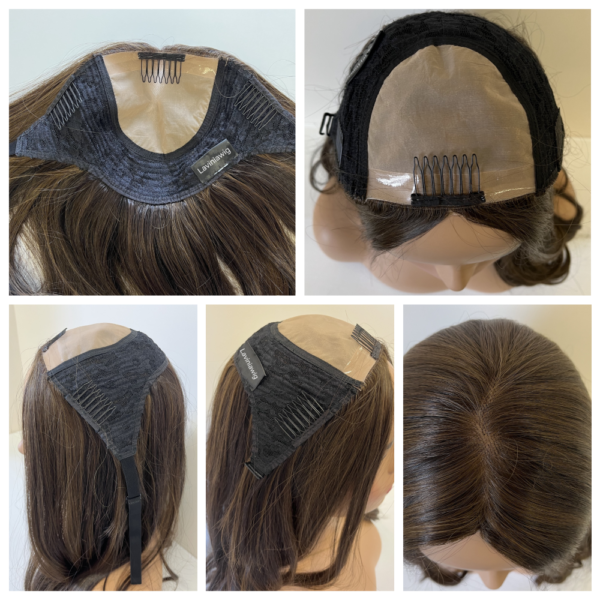

Subscribe To Our Newsletter
Get updates and learn from the best
More To Explore
EVERYTHING YOU NEED TO LEARN ABOUT HAIR AND WIGS PRODUCTION
As you may have guessed, the wig is made from synthetic or natural hair. Naturally, wigs made with real hair have a more natural appearance.
5 REASONS FOR PONYTAIL EXTENSIONS TO HAIR ARE THE BEST
With the variety of styles that are available in the vast world of hair extensions, we’re biased regarding the Ponytail hair Extension. Hair extensions for
12 AUTHENTIC WAYS TO TEST HAIR EXTENSIONS QUALITY
Nowadays, there’s a trend of purchasing hair online, but people get scammed by purchasing low-quality hair extensions that are labeled as high-quality. To avoid this